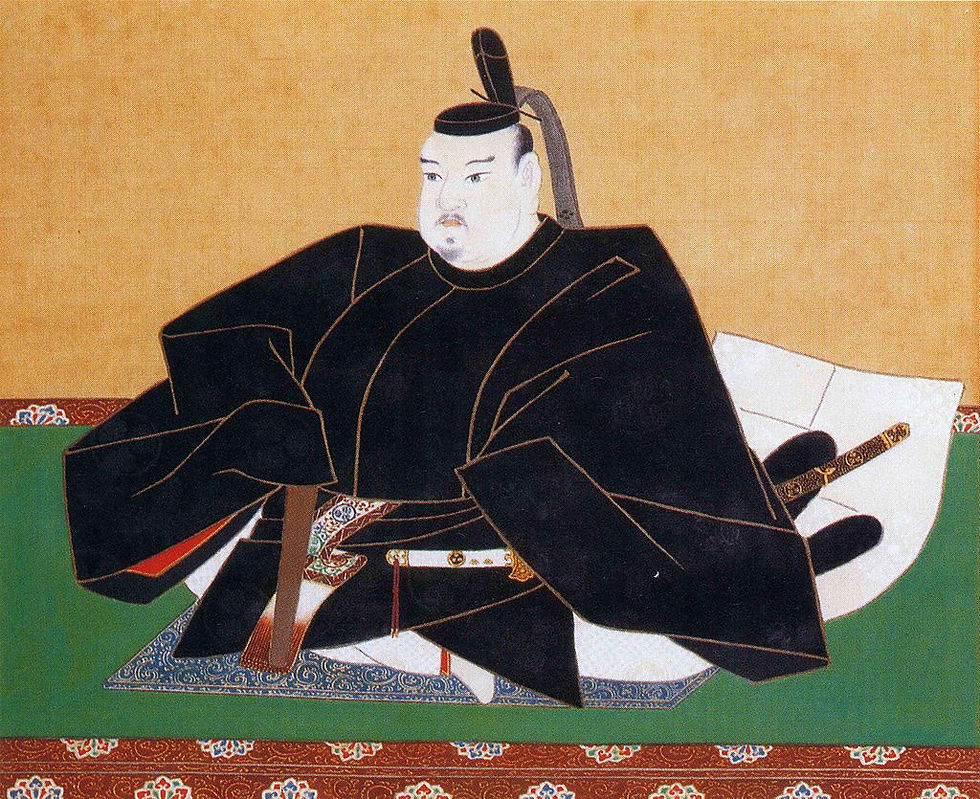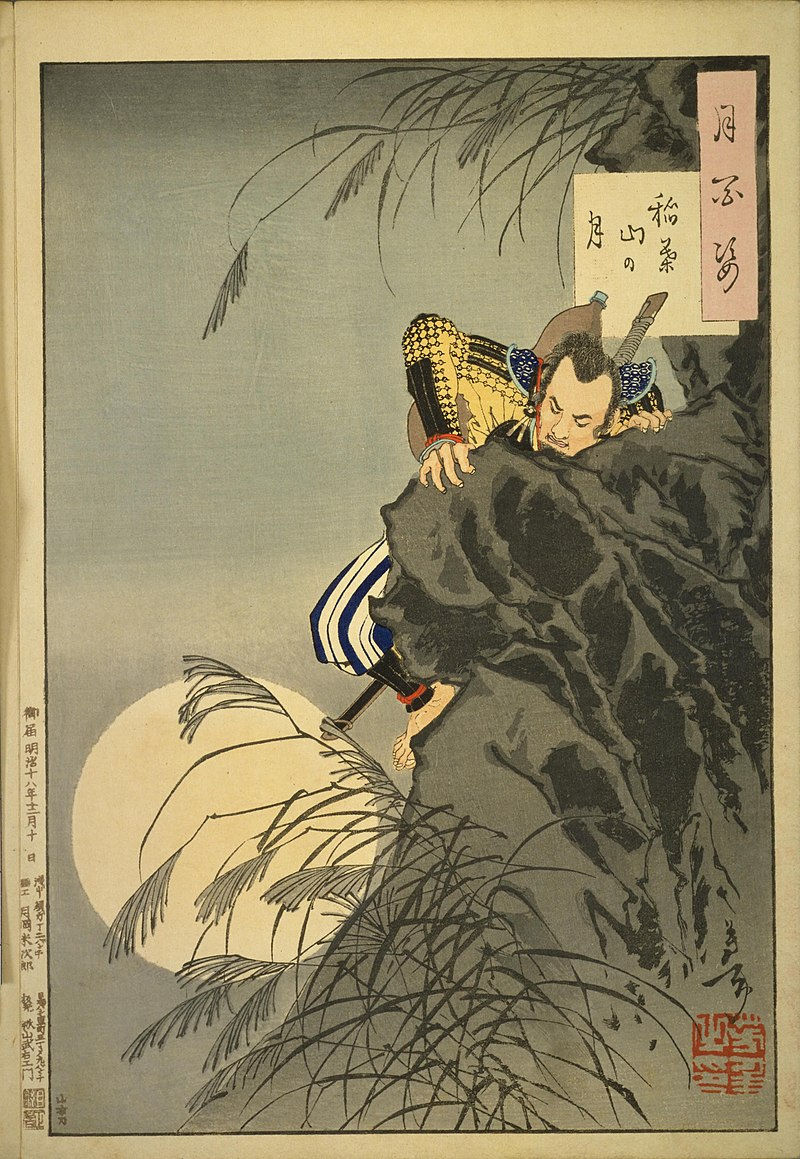Tokugawa Iemitsu
- 2304583d
- Aug 4, 2024
- 2 min read

Tokugawa Iemitsu (徳川 家光) (1604–1651) was the third shogun of the Tokugawa shogunate, succeeding his father, Tokugawa Hidetada. His reign is notable for its consolidation of the Tokugawa regime and the strengthening of the policies that defined the Edo period.
Early Life and Background
Birth and Family: Tokugawa Iemitsu was born on August 12, 1604, as the eldest son of Tokugawa Hidetada and his wife, Lady Kamehime. He was groomed from an early age to succeed his father as shogun and was educated in both military and administrative matters.
Succession: Iemitsu succeeded his father as shogun in 1623, when Tokugawa Hidetada officially retired from the position. Iemitsu was only 19 years old at the time, and his early years as shogun were marked by the influence of his father and other senior advisors.
Reign as Shogun
Consolidation of Power: Iemitsu’s reign is marked by the continued consolidation of Tokugawa control over Japan. He worked to strengthen the shogunate’s authority and enforce policies that would secure the regime’s stability and longevity.
Administrative Reforms:
Policy Enforcement: Iemitsu continued to enforce the alternate attendance system (sankin-kōtai), which required daimyo to spend time in Edo (modern Tokyo) and their home domains on a rotating basis. This system helped to control the daimyo and reduce their power.
Centralization: He further centralized the administration and strengthened the shogunate’s control over the samurai class and local rulers.
Foreign Policy:
Isolationist Policies: Iemitsu is known for his firm implementation of Japan’s isolationist policy, or sakoku. He strictly regulated foreign trade and relations, limiting contact with foreign nations to specific ports and maintaining a policy of exclusion for most Europeans, particularly Christian missionaries.
Expulsion of Christians: His administration continued the persecution of Christians and the expulsion of missionaries, reflecting his commitment to maintaining Japanese cultural and political integrity.
Domestic Policies:
Economic and Social Policies: Iemitsu’s policies promoted economic stability and growth. He supported agricultural development and urban infrastructure, contributing to the prosperity of the Edo period.
Cultural Patronage: His reign saw the flourishing of Japanese culture, including the arts, literature, and the tea ceremony.
Later Life and Legacy
Death: Tokugawa Iemitsu died on June 8, 1651, at the age of 46. He was succeeded by his son, Tokugawa Ietsuna, who became the fourth shogun.
Legacy: Iemitsu’s reign is significant for its role in solidifying the Tokugawa shogunate’s control over Japan and maintaining the stability of the Edo period. His enforcement of isolationist policies and administrative reforms ensured the longevity of the Tokugawa regime and contributed to the peaceful and prosperous era that followed.
Historical Impact: Tokugawa Iemitsu is remembered as a key figure in the development of Japan’s political and social systems during the Edo period. His policies and actions played a crucial role in shaping the course of Japanese history during his time.
Tokugawa Iemitsu’s leadership and policies helped to cement the Tokugawa shogunate’s control and ensure the stability and prosperity of Japan during the Edo period.




Comentarios